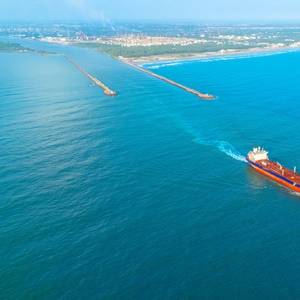
Mexico's top prosecutor said on Sunday that authorities have so far detained 14 people suspected to be involved in the illicit trade of fuels, reiterating that more actions would follow as new information comes to light.On March 19, authorities seized a petroleum tanker in the Port of Tampico, together with nearly 63,000 barrels of diesel it was carrying
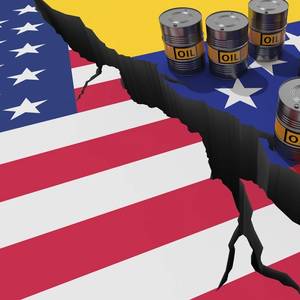
Traders have rebranded more than $1 billion of Venezuelan oil shipments to China as Brazilian crude over the past year, according to two tanker tracking firms, company documents and four traders, helping buyers to cut logistics costs and circumvent U.S. sanctions.Independent refiners in China are the main buyers of seaborne oil shipments from countries sanctioned by the United States

The Israeli military said it carried out airstrikes against Yemen's Hodeidah Port on Monday, a day after the Iran-aligned Houthis fired a missile that struck near Israel's main airport.The military said in a statement that it attacked what it called Houthi terrorist targets in Hodeidah and its vicinity.
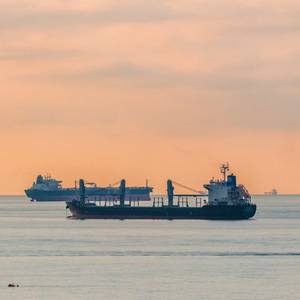
The 2024 represented an unprecedented year for maritime industry when it comes to orders for alternative-fueled vessels, driven mainly by liquefied natural gas (LNG), according to the latest data from DNV’s Alternative Fuels Insights (AFI) platform.A total of 515 alternative-fueled such ships were ordered, excluding LNG carriers, representing a 38% year-on-year increase compared to 2023
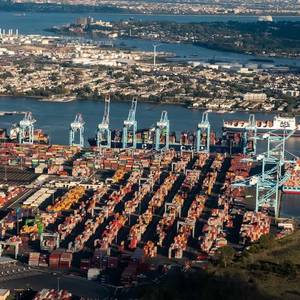
The union representing 45,000 dock workers on the U.S. East and Gulf Coasts and their employers on Wednesday said they reached a tentative deal on a new six-year contract, averting further strikes that could have snarled supply chains and taken a toll on the U.S. economy.The International Longshoremen's Association (ILA) and the United States Maritime Alliance (USMX) employer group
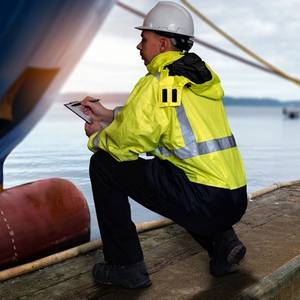
Finland's public transport agency said that an oil tanker suspected of damaging undersea cables in the Baltic Sea was found to have serious deficiencies and will not be allowed to operate until repairs have been made.Baltic Sea nations are on high alert after a string of power cable, telecom link and gas pipeline outages since Russia invaded Ukraine in 2022.
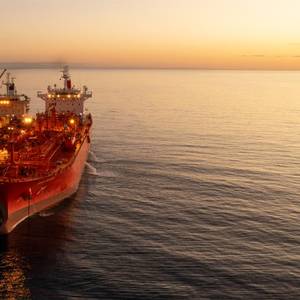
The shipping industry has been watching the dual-fuel engine choices made for newbuildings as an indicator of what many see as an uncertain fuel future.In December, DNV’s Alternative Fuels Insights platform counted 27 ammonia and 322 methanol-fueled vessels currently on the orderbooks.Methanol has raced ahead of ammonia, which currently lags in both engine and regulatory development.
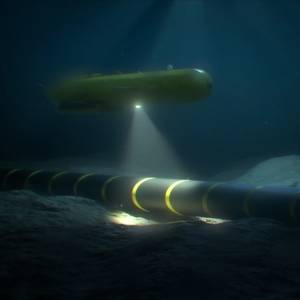
Finnish police said on Sunday they had found tracks that drag on for dozens of kilometres along the bottom of the Baltic Sea where a tanker carrying Russian oil is suspected of breaking a power line and four telecoms cables with its anchor.The Cook Islands-registered Eagle S was boarded by Finnish police and coast guard officials on Thursday and sailed into Finnish waters where the crew of the
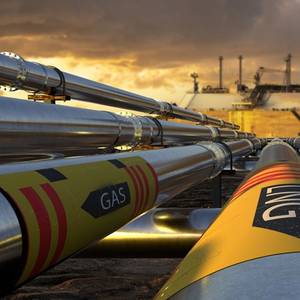
This week at MarineLink…An Australian Prime Minister once famously (infamously) said: “Life wasn’t meant to be easy.”He could have been talking about the maze of IMO and EU regulations relating to new fuels, especially the concept of well-to-wake emissions.It’s not enough to have a clean-burning engine or even an onboard carbon capture system.

This week at MarineLink…The IMO 2020 Sulfur Cap essentially ushered in a new type of fuel - VLSFO. With it came the engine problems caused by off-spec or incompatible fuels as producers grappled with the requirement for providing a sulfur content not exceeding 0.05%. As pointed out in Lloyd’s Register’s 2024 Fuel Quality Report, persistent issues involving cat fines, stability
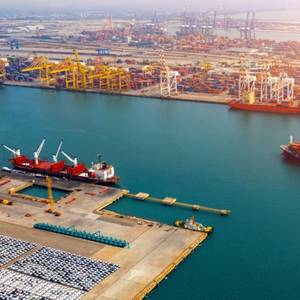
Container shipping companies like Maersk, CMA CGM and COSCO have ordered hundreds of new vessels in recent years meant to help their industry slash greenhouse gas (GHG) emissions to meet rising demand from customers and regulators around the globe.Their order books, however, reflect uncertainty over which of a wide array of so-called green fuels will become the standard in the decades to come
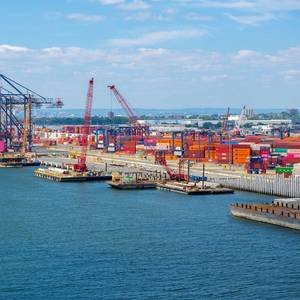
Amazon.com and IKEA, in alliance with about three dozen other companies that depend on ocean freight, will invite shipping firms for the first time to bid on a contract in January to move their cargo on vessels powered by near-zero emissions e-fuels like e-methanol.The group known as the Zero Emissions Maritime Buyers Alliance wants to use the combined clout of its members